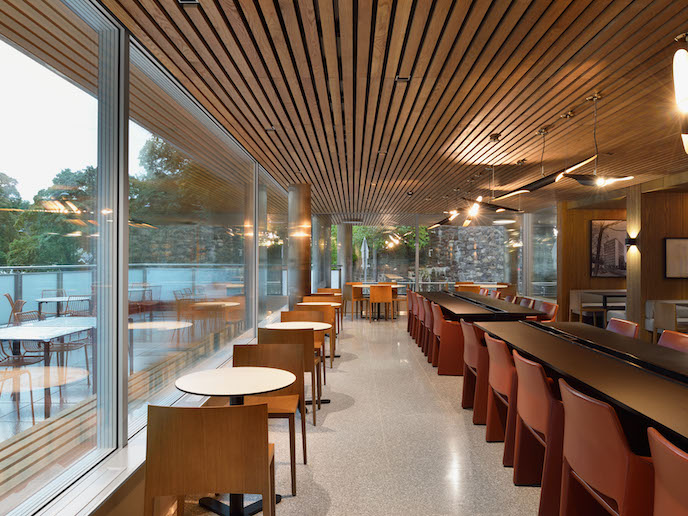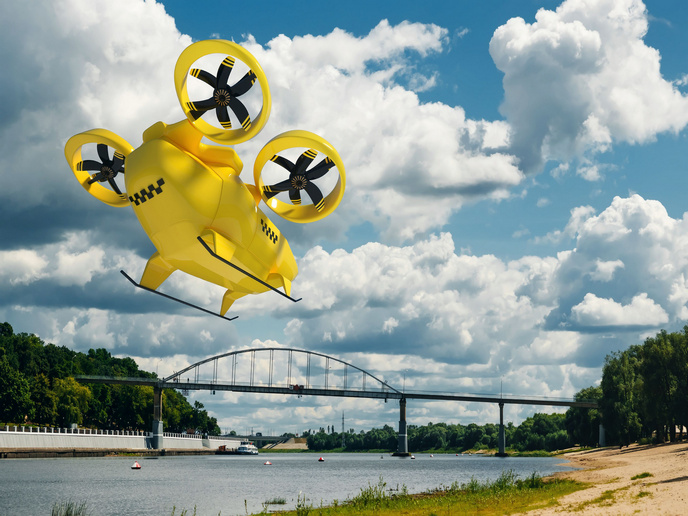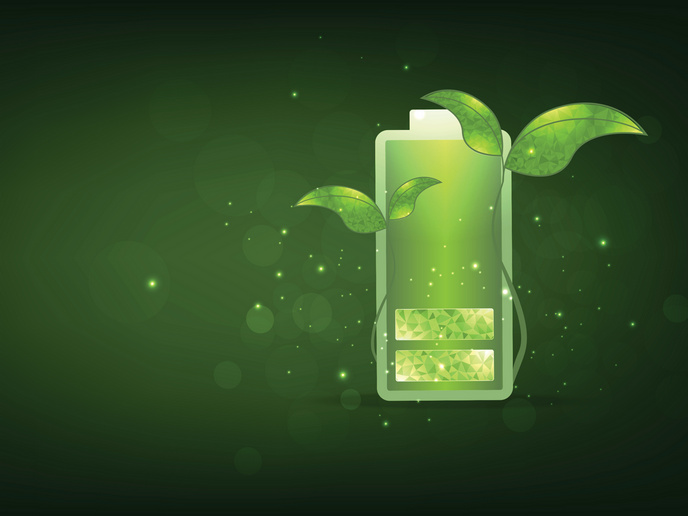Glass curtain wall system to improve energy savings and well-being
Modern society is continually searching for technical and organisational innovations that lower energy consumption. One way to do this is to change the energy consumption of wasteful buildings: within the EU, buildings are responsible for around 40 % of energy consumption and 36 % of CO2 emissions. Carbon emissions from buildings are mostly associated high heating demand during winter. With its innovative new façade system, Q-Air aims to respond to this challenge. The Q-Air glass curtain wall – the only example in the world – is a next generation building product that looks set to define how sustainable glazed buildings can be constructed now and in the future. It uses an innovative, multi-chamber insulating core which delivers superior energy efficiency. The system maximises internal daylight and offers the highest living and working comfort, with 24-hour views to the outdoor environment and minimal external sun shading. Layers of success Based on scientific studies, the Q-Air system incorporates up to six layers of glass to create an innovative insulating core. The pre-fabricated system clots together to create an energy-efficient wall system for buildings which doesn’t need any external shading devices. The system is fast, simple to install and low-maintenance once it’s up and running. The innovative design means Q-Air façades can be seamlessly tailored to the architectural and construction requirements of each individual building, meaning a potentially-widespread adoption of the facade system across the EU and worldwide. The fully transparent glass requires nothing to block out the sun, allowing the maximum amount of daylight and letting people see outside throughout the day. It also maintains a constant interior temperature, meaning no cold draughts from the glass in winter, and no excessive heating coming from the glass during summer. Sound insulation means that people can work in peace, too. “Q-Air is designed to provide exceptional thermal, visual and acoustic comfort which beneficially contributes to improved well-being and health of people inside the building,” says Dr Boštjan Černe, Head of Product Development at Trimo and Q-Air project coordinator. Important new results were achieved during the project, such as perfecting the new aluminium and steel structural profiles – with higher load capacity and lower thermal transmittance – and the uniform sealing system across all structural profiles. Setting an example The project is helping to move the industry closer to a total sustainable, near-zero energy building (nZEB). “Compared to state-of-the-art glass façade solutions, the reduction for heating is up to 10 times better and 3 times better for cooling,” says Dr Černe. The team’s research results and calculations have shown that the Q-Air system can diminish energy requirements for heating substantially, even in northern countries, and can eliminate the requirement for heating in other countries. Heating demand can reach close to zero, as the system provides enough heat gain through visible light alone. “It is a rare thing in the construction sector when something truly innovative comes along, but with state-of-the-art innovation Q-Air is a real game-changer, and something that sets the standard for energy efficiency,” says Dr Černe. “We are very proud of the great collaboration of international consortium partners from Slovenia, Germany, Italy and Sweden,” he says.
Keywords
Q-Air, energy, emissions, state-of-the-art, façade, insulating core, glass







